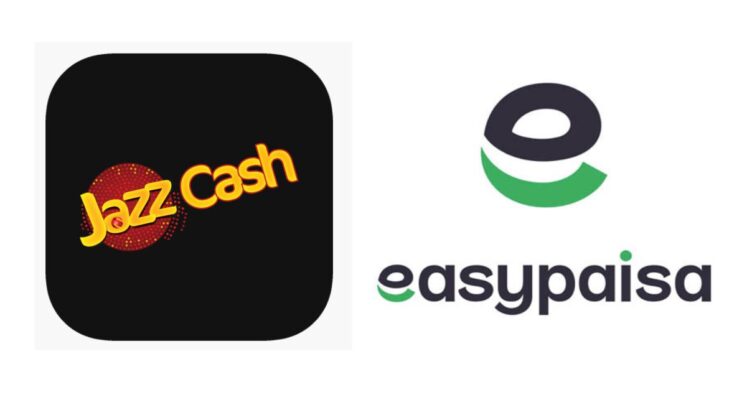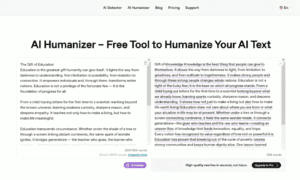Now, Ehsaas Kafalat and Taleemi Wazaif beneficiaries don’t have to travel far or rely on someone else to collect payments. With just a few taps, they can withdraw money or even pay bills straight from their phones.
For those looking for updates, eligibility details, or guides on Ehsaas services, many families now rely on helpful online platforms like the 8171 web portal—a useful resource for checking payment info and understanding how to use digital payment methods.
Ease of Access for Ehsaas Kafalat and Taleemi Wazaif Beneficiaries
The Ehsaas Kafalat and Taleemi Wazaif programs, designed to support the poorest and most vulnerable segments of society, have become far more accessible thanks to digital wallets. Previously, collecting these payments involved traveling to centers that were often located miles away, waiting in overcrowded queues, or depending on someone else—often a male family member—to receive the payment on their behalf.
Now, with just a few taps on their phone, beneficiaries can check their balance, receive payment alerts, withdraw cash from a nearby JazzCash or EasyPaisa agent, and even pay utility bills. These features not only save time but also minimize the stress and risks associated with physical cash transactions. With digital options expanding every day, more and more women are learning how to use mobile apps to manage their finances independently.
Why Mobile Wallets Matter For Low-Income Families
Mobile wallets like JazzCash and EasyPaisa are more than just a payment method—they are a lifeline. Before digital financial services were introduced, most beneficiaries had no choice but to rely on traditional cash centers or private agents, which often led to unfair deductions, fraud, and harassment.
Here’s how mobile wallets are making a difference:
- Instant payment notifications through SMS help users know exactly when money is transferred to their accounts.
- Cash-out services are available at thousands of retail shops across the country, reducing the need to travel far.
- Secure and private transactions ensure that women can manage their finances discreetly and safely.
- Bill payment features allow users to pay electricity, gas, and phone bills without leaving their homes.
Even in remote villages, there are now JazzCash and EasyPaisa agents within reachable distance, ensuring that no one is left behind.
Banks Are Joining In Too
In a major step toward financial inclusion, the government has also introduced six new banks into the Benazir Income Support Programme (BISP)’s upgraded banking system. These banks will provide additional channels for Ehsaas beneficiaries to receive their stipends.
This move will give people more choice and flexibility, allowing them to open traditional bank accounts, access ATMs, and receive better customer service. The system is being designed to reduce delays, improve transparency, and serve more people—particularly those in hard-to-reach rural and underserved areas. As more beneficiaries transition to formal banking, the overall financial ecosystem of the country is expected to become stronger and more inclusive.
Helping Women Take Control
Perhaps the most inspiring impact of this shift to digital banking is the growing financial independence among women. For many Ehsaas recipients, this is the first time they have control over their own money. They can withdraw funds when it suits them, track transactions through text messages, and use apps for daily needs like recharging mobile phones or shopping for groceries.
This independence builds confidence and allows women to play a stronger role in managing their household finances. In turn, this contributes to greater financial stability and improved decision-making within the family unit.
What This Means for Families
Timely and secure payments through mobile wallets are helping families meet essential needs without delay. With reliable access to monthly stipends:
- Parents can pay school fees on time, ensuring children don’t miss classes.
- Families can purchase better food, improving children’s health and nutrition.
- Women can afford transportation to hospitals or clinics, especially during emergencies.
In the case of Taleemi Wazaif (educational stipends), consistent payments mean children are more likely to stay enrolled in school and maintain regular attendance, which is a key condition of the program.
The Role of Technology
Digital banking isn’t just convenient—it’s empowering. The government and financial institutions are working together to make sure every deserving person has access to their funds, whether they live in a city or a remote village.
Future updates may bring even more features like:
- Savings accounts
- Small business loans
- Financial education through mobile apps
Pakistan Digital Shifting
Pakistan’s broader move toward digital financial inclusion is reshaping the way government assistance reaches the public. The digital shift is bridging the gap between urban and rural areas and ensuring that even the most marginalized communities have access to essential financial services.
As fintech continues to evolve, Ehsaas and similar programs will become more efficient, transparent, and inclusive. To stay informed about these changes, register for updates, or learn how to make the most of digital wallets, beneficiaries can always visit the 8171 web portal for guides, FAQs, and news.





























